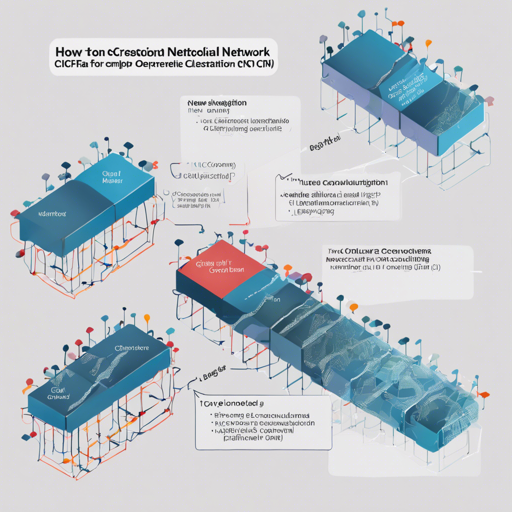Are you ready to dive into the fascinating world of convolutional neural networks (CNN) and image classification? In this post, we’ll guide you through the process of using a simple CNN to classify images from the CIFAR-10 dataset, specifically detecting whether the images are normally oriented or flipped upside down.
Getting Started: What’s Inside the Repo?
This GitHub repository comes packed with vital resources to help you along the way, including:
- Coding_Challenge_for_Fatima_Fellowship.ipynb: A copy of the Google Colab notebook where you can execute the code, view the output, and read the write-up.
- best_model.pth: A file containing the best model’s statistics that were obtained during the training phase.
- cifar10flip_trn.pt: A saved training dataset comprised of approximately 50% flipped CIFAR-10 images.
- cifar10flip_tst.pt: A saved testing dataset of around 50% flipped CIFAR-10 images.
- image_examples.png: A visual representation of example images from the flipped CIFAR-10 dataset.
- write-up: Documentation detailing data processing, model results, and potential improvements to the model—this is also accessible in Google Colab.
- wrong_predictions.zip: A zip file containing PNG images that were incorrectly classified by the model, providing insights into the prediction accuracy.
Setting Up Your Environment
First things first, make sure you have access to Google Colab, where you can easily run the Jupyter notebook without requiring extensive local setup.
To get started, follow these steps:
- Click on the following link to access the notebook: Google Colab Notebook.
- Run the code cells sequentially to define and create your convolutional neural network.
- Monitor the output to observe how the model performs during training.
Understanding the Code through Analogy
To explain the code in the notebook, let’s use an analogy of a chef (the convolutional network) preparing a meal (classifying the images).
Imagine the chef receiving a basket of fresh ingredients (the images), which they’re tasked to sort into two categories: ready-to-eat dishes (normal orientation) and a flipped version of those dishes (upside down). The chef has a special recipe (the CNN architecture) that dictates how to prepare these ingredients. Each layer in the CNN acts like different kitchen tools, combining, chopping, and mixing flavors (features) from the ingredients, guiding the chef to serve the right dish. Through numerous attempts and adjustments (iterations), the chef hones their skills, learning from each tasting (learning) until they create the perfect meal (model) for the guests (test data).
Troubleshooting Common Issues
As with any project, you might encounter a few bumps along the way. Here are some common troubleshooting tips:
- Issue: Model does not seem to learn (accuracy remains low).
- Solution: Ensure that the dataset is balanced and check for any possible data preprocessing steps that might have been skipped.
- Issue: Code errors during execution.
- Solution: Double-check the syntax and confirm that you are running each code cell in the correct order.
For more insights, updates, or to collaborate on AI development projects, stay connected with fxis.ai.
Conclusion
By following the steps outlined in this article, you should be able to effectively create and train a simple convolutional network to classify flipped CIFAR-10 images. While you may face some challenges, persistence and understanding of the underlying principles will surely lead to success. Remember to check your wrong predictions to further understand your model’s performance.
At fxis.ai, we believe that such advancements are crucial for the future of AI, as they enable more comprehensive and effective solutions. Our team is continually exploring new methodologies to push the envelope in artificial intelligence, ensuring that our clients benefit from the latest technological innovations.

